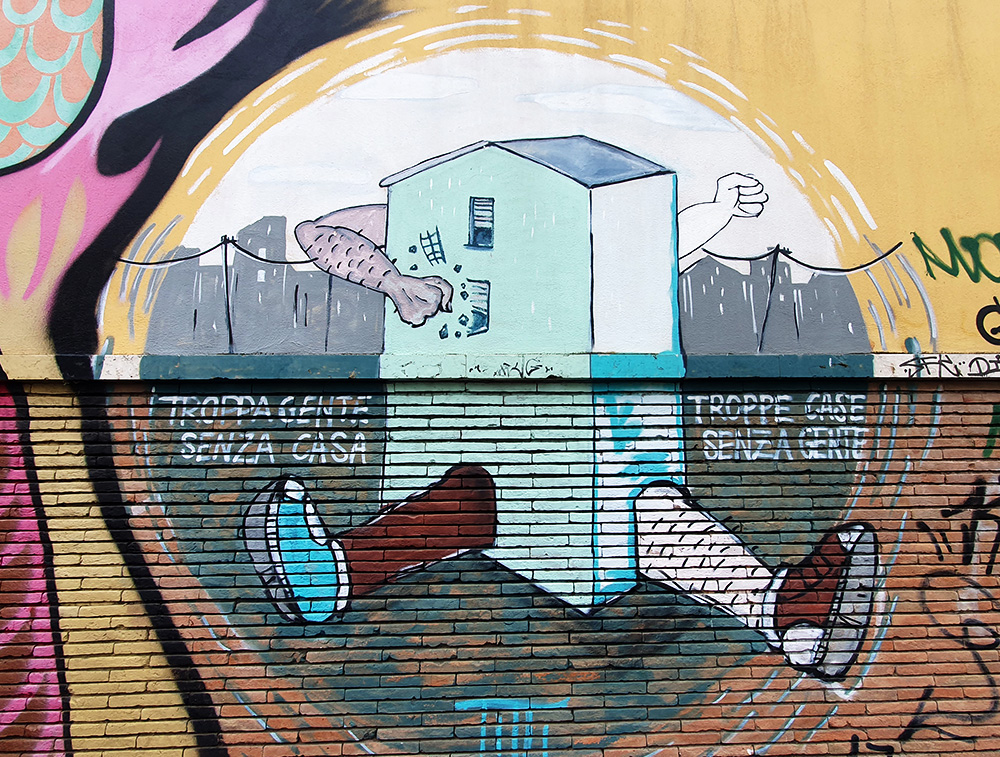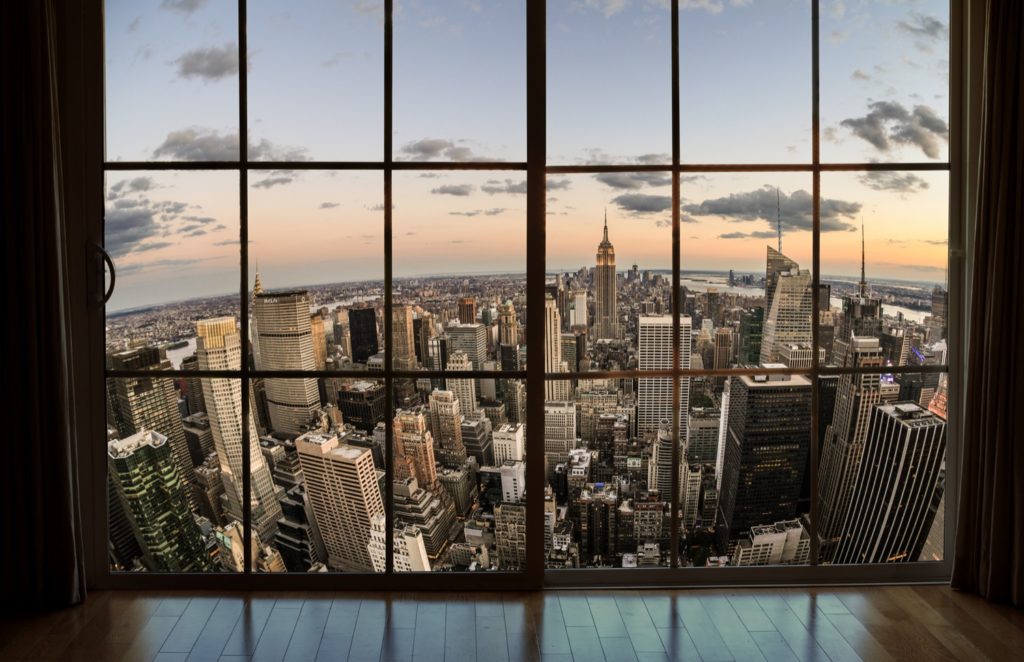Earlier in February, a remarkable event unfolded in the heart of downtown Los Angeles. A group of bold graffiti writers leaped over the fences surrounding an abandoned complex to write their names on the facades of its three unfinished skyscrapers.
This marks the second instance in a series of deserted development projects across the US that have been covered in graffiti pieces. Unlike the orchestrated takeover of skyscrapers in Miami last December, the Los Angeles event unfolded spontaneously over a few days, capturing the city’s attention.
Both instances pointed their spray cans at luxury development projects left in limbo. In the case of Los Angeles, the skyscrapers are part of the Oceanwide Plaza, a $1 billion endeavor that promised to deliver shopping outlets, 500 luxury condos, and a five-star hotel. This project was halted in 2019 when the developing Chinese company declared bankruptcy.
Since then, the $1 billion complex has sat abandoned, a silent witness to the city’s escalating wealth inequality and mismanagement, while hundreds of Los Angeles’ residents live on the streets around it.
The recent viral videos of writers taking over the LA towers reminded me of two important reflections. First, a phrase from a mural in Rome’s Garbatella neighborhood, which you would recall if you had joined me on a street art tour there, resonates powerfully here: “too many people without houses, too many houses without people.”

The second reflection brings to mind the photography project “Private Views: A High-Rise Panorama of Manhattan” by Hungarian visual artist and architect Andi Schmied. In 2016, Schmied pretended to be a billionaire to gain access to New York City’s most exclusive and costly residences, aiming to explore and document how the ultra-wealthy live. Touring penthouses priced up to $85 million, she uncovered a world of luxury apartments, most sitting empty while the city grapples with a housing crisis.

“The buildings that you can see from every single corner of the city are these ultra-luxury real estates, which are not accessible to anyone, really. Apartments and buildings are standing 60 to 70 percent empty. These buildings are kind of really soulless, in a sense; they are super-standardized. But it’s not really surprising when you realize that it’s solely a form of investment, in most cases. Another problem of these buildings is that they sometimes cast hundreds and hundreds of meters of shadows, for example over Central Park, or just over the streets. And so somehow these buildings that are not even lived in are taking away such natural things from the rest of the city as sunlight.”
Andi Schmied
Schmied’s artistic endeavor sheds light on how societal disparities manifest in the physical landscape of the city, influencing everything around them. Similarly, the LA towers, abandoned and untouched since 2019, have faded into the backdrop of urban life, unnoticed until the vibrant graffiti tags forced us to look up. The graffiti on Los Angeles’ skyscrapers symbolizes a reclamation of a billion-dollar complex left unfinished, sparking conversation about the issue.
For me, the true paradox lies in the response of Los Angeles’ residents, who were quick to decry the graffiti, rather than addressing the underlying issues of the unfinished monoliths and the homeless population that could have been housed had these projects been aimed at providing affordable housing instead of luxury developments.
In conclusion, this bold act serves as a powerful commentary on who has the right to utilize spaces in the city, leading us back to our discussion from the October 1st newsletter, titled “Whose Walls Are They, Anyway?” (linked here for those who missed it).
Subscribe below to don’t miss more issues of Blocal’s newsletter!